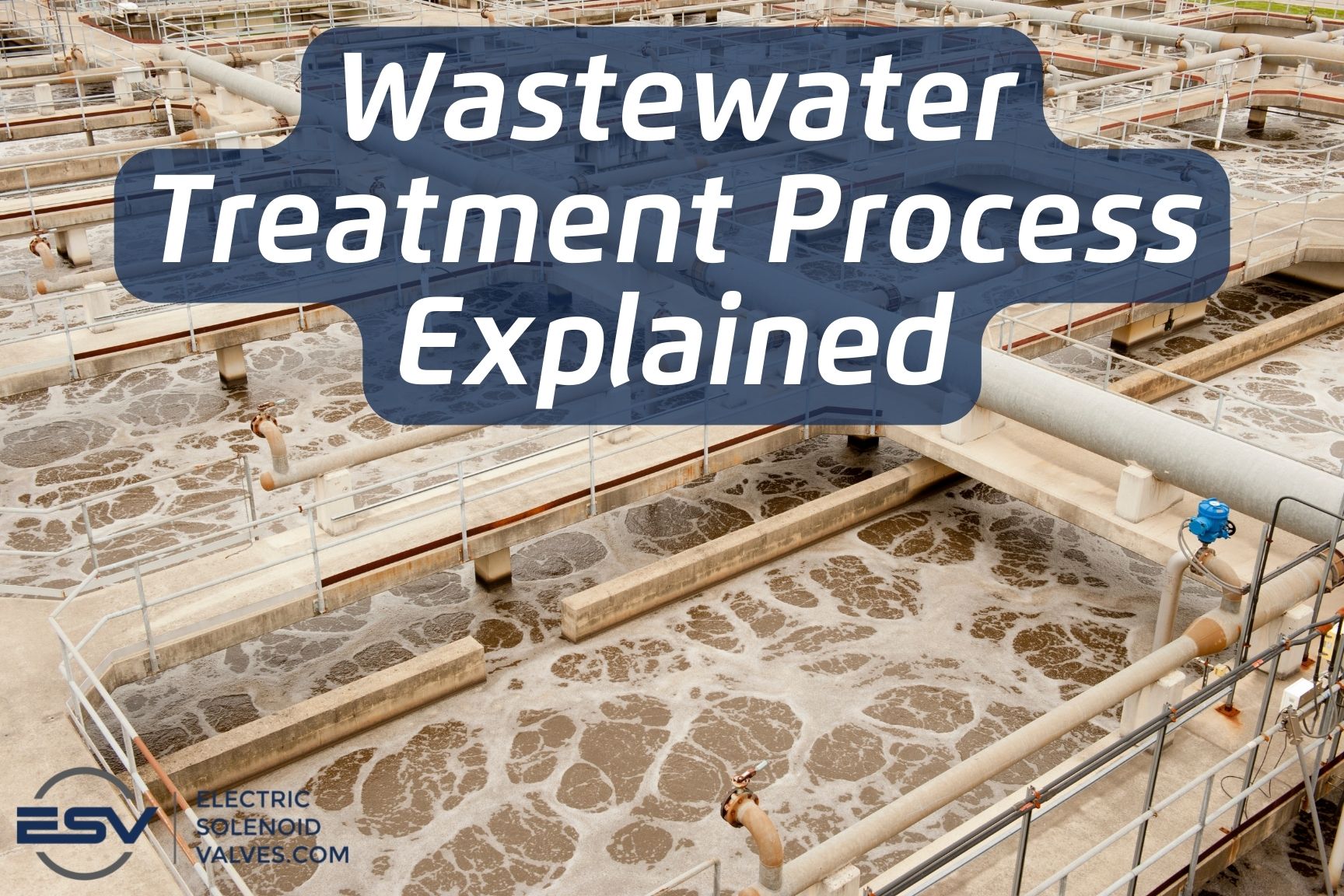Strategic Approaches to Improve Drainage Therapy Efficiency and Minimize Ecological Influence
In the world of waste water treatment, the pursuit for enhanced efficiency and reduced environmental influence is a continuous difficulty that requires strategic services. The integration of advanced treatment innovations, energy-efficient procedures, resource recovery techniques, enhanced nutrient removal strategies, and clever surveillance and control systems represents a multifaceted structure for attending to these pushing issues.
Advanced Treatment Technologies
Advanced membrane layer filtering systems have revolutionized sophisticated wastewater therapy processes, dramatically enhancing the elimination of contaminants. These ingenious systems operate by forcing water via a semi-permeable membrane layer, properly separating contaminations from the water stream. The membrane layer's tiny pores catch toxins such as microorganisms, infections, and put on hold solids, permitting just detoxified water to travel through. This innovation has actually confirmed to be highly efficient in eliminating a large range of impurities, including pharmaceuticals, hefty metals, and natural substances, which are frequently testing to get rid of via traditional therapy approaches.
In addition, membrane filtering systems provide numerous benefits over standard therapy approaches. Additionally, these systems are highly flexible and can be conveniently incorporated right into existing therapy plants or utilized as standalone systems for decentralized applications.
Energy-Efficient Processes
The assimilation of energy-efficient procedures in wastewater treatment systems is essential for optimizing resource use and lowering operational prices. By executing energy-efficient modern technologies, therapy plants can significantly lower their carbon impact and general environmental impact. One key approach to improving energy performance in wastewater therapy is the use of innovative oygenation systems, such as great bubble diffusers or surface aerators, which can boost oxygen transfer performance and minimize energy consumption. Furthermore, incorporating power recuperation systems, like anaerobic digestion for biogas manufacturing or utilizing excess warmth for thermal processes, can aid balance out power requirements and promote sustainability.
Additionally, maximizing process control and automation with making use of innovative sensors and checking systems can enhance general power efficiency by adjusting procedures in real-time based on real demand and problems. Carrying out energy audits and frequently keeping track of energy efficiency signs are essential methods to recognize locations for improvement and track energy-saving campaigns properly. Overall, the adoption of energy-efficient procedures in wastewater treatment not only profits the setting yet also adds to long-term cost savings and functional sustainability.
Resource Healing Strategies
With a focus on optimizing resource usage and sustainability in wastewater treatment systems, the execution of resource recuperation techniques becomes a crucial facet in improving operational efficiency. Source recuperation strategies in wastewater treatment include the recognition and extraction of beneficial resources from the waste stream, therefore transforming what was when thought about waste into an important asset. By implementing source recuperation techniques such as nutrient elimination and recuperation, power generation from raw Visit This Link material, and the manufacturing of reusable water, wastewater therapy plants can reduce environmental impact while optimizing efficiency.

Enhanced Nutrient Elimination Strategies
Carrying out innovative nutrient elimination techniques is necessary for enhancing the performance of wastewater treatment systems. One of the crucial methods made use of for boosted nutrient removal is the procedure of biological nutrient removal (BNR), which involves the removal of nitrogen and phosphorus via biological processes.

In enhancement to BNR, advanced therapy techniques such as membrane layer bioreactors (MBRs) and built wetlands can also be utilized to enhance nutrient removal performance. By integrating these advanced nutrient elimination techniques into wastewater treatment towns, markets and systems can effectively decrease nutrient air pollution and shield the environment.
Smart Tracking and Control Systems
Making use of cutting-edge modern technology, the integration of smart surveillance and control systems transforms the functional effectiveness of wastewater treatment centers. These systems integrate advanced sensing units and data analytics to continually check key criteria such as pH levels, turbidity, dissolved oxygen, and circulation rates in real-time. By gathering and assessing this information, drivers can obtain beneficial understandings right into the performance of the therapy procedures, enabling aggressive changes to maximize therapy efficiency.
Smart monitoring and control systems additionally sustain remote tracking capabilities, permitting operators to accessibility real-time data and control features from off-site locations. This remote accessibility improves functional versatility and responsiveness, making it possible for swift treatments in case of system malfunctions or variations in influent quality. Furthermore, the predictive upkeep capabilities of these systems assist prevent see page devices failures and decrease downtime, inevitably improving the general reliability of wastewater treatment procedures (Waste Water Treatment).
Final Thought
In final thought, tactical approaches such as advanced therapy modern technologies, energy-efficient processes, source recovery strategies, enhanced nutrient removal techniques, and smart tracking and control systems play an important role in enhancing wastewater treatment efficiency and reducing ecological influence. By executing these techniques, wastewater treatment plants can improve their overall efficiency, reduce power intake, recoup useful resources, and guarantee compliance with ecological regulations. These approaches are crucial for lasting and efficient wastewater monitoring techniques.

In verdict, strategic approaches such as innovative therapy technologies, energy-efficient procedures, source recuperation techniques, boosted nutrient elimination strategies, and smart surveillance and control systems play an essential role in enhancing wastewater therapy performance and minimizing ecological influence.